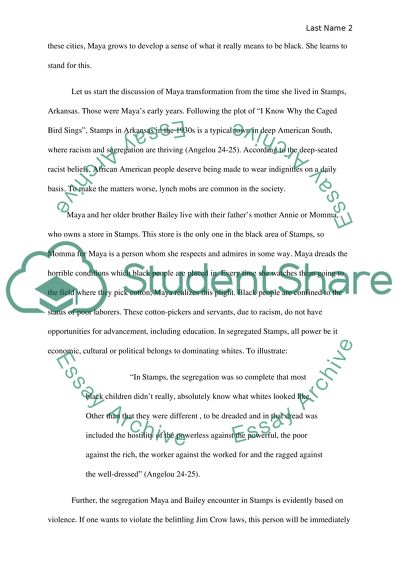Cite this document
(“The Use of Setting in Angelou's I Know Why The Caged Bird Sing Sings Research Paper”, n.d.)
The Use of Setting in Angelou's I Know Why The Caged Bird Sing Sings Research Paper. Retrieved from https://studentshare.org/literature/1452091-the-use-of-setting-in-angelou-s-i-know-why-the
The Use of Setting in Angelou's I Know Why The Caged Bird Sing Sings Research Paper. Retrieved from https://studentshare.org/literature/1452091-the-use-of-setting-in-angelou-s-i-know-why-the
(The Use of Setting in Angelou'S I Know Why The Caged Bird Sing Sings Research Paper)
The Use of Setting in Angelou'S I Know Why The Caged Bird Sing Sings Research Paper. https://studentshare.org/literature/1452091-the-use-of-setting-in-angelou-s-i-know-why-the.
The Use of Setting in Angelou'S I Know Why The Caged Bird Sing Sings Research Paper. https://studentshare.org/literature/1452091-the-use-of-setting-in-angelou-s-i-know-why-the.
“The Use of Setting in Angelou'S I Know Why The Caged Bird Sing Sings Research Paper”, n.d. https://studentshare.org/literature/1452091-the-use-of-setting-in-angelou-s-i-know-why-the.


